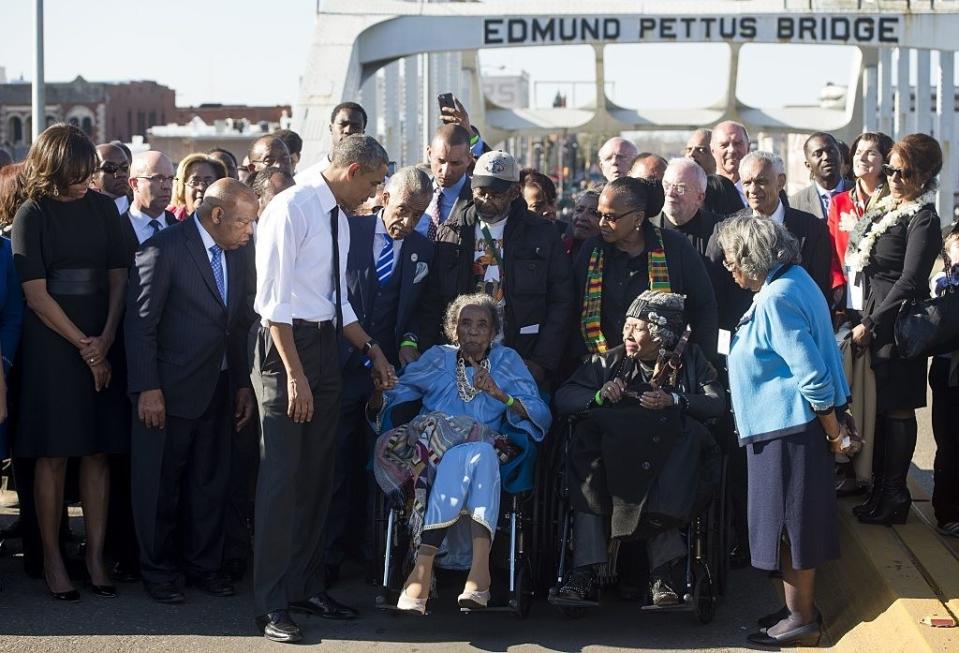20 Facts I Learned This Week That Truly Shook Me To My Core
- Oops!Something went wrong.Please try again later.
- Oops!Something went wrong.Please try again later.
1.At the 1939 Academy Awards, Shirley Temple presented Walt Disney with an honorary Oscar for Snow White and the Seven Dwarfs, which was the first traditionally animated feature film. Keeping in the theme of the movie, the award was comprised of one normal-size Oscar, with seven mini statuettes to represent the dwarves. This was Walt Disney's second honorary Oscar.
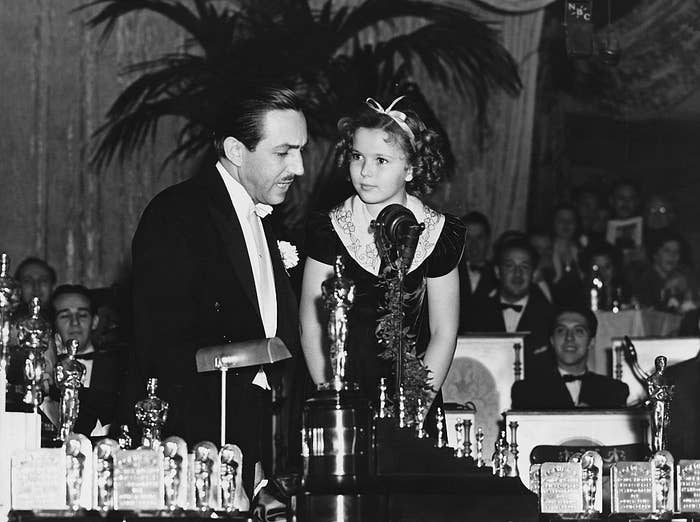
2.In 1967, musicians Peter Green, Mick Fleetwood, and John McVie left their band the Bluesbreakers, and joined forces with Jeremy Spencer and Bob Brunning to form the original iteration of Fleetwood Mac. By the time their third album was released in 1970, the band was starting to achieve mainstream success, although several members were personally struggling. Green left the band first, after an alleged bad acid trip began to affect him mentally. He was replaced with Christine McVie, who is still a member of the band to this day. Following Green's departure, Spencer began to distance himself from the band, and even released a solo album.
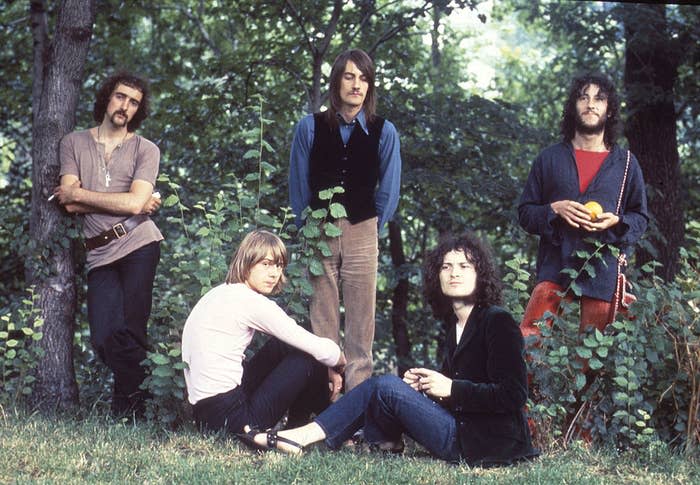
While on tour in 1971, Spencer told his bandmates that he was going to the store to buy a magazine. He never returned. After several days of searching, the members of Fleetwood Mac learned that Spencer had purportedly decided to join a religious group called the Children of God, which has faced criticism for being a cult. He had allegedly been spending some time with the group, and claimed that a feeling of disillusionment caused him to leave the band to join the Children of God. "Bottom line, I had to leave in order to step back from the picture and get my life sorted out," Spencer said. "I wouldn’t be here today if I hadn’t and they would not have gone on to be one of the biggest bands in history!"
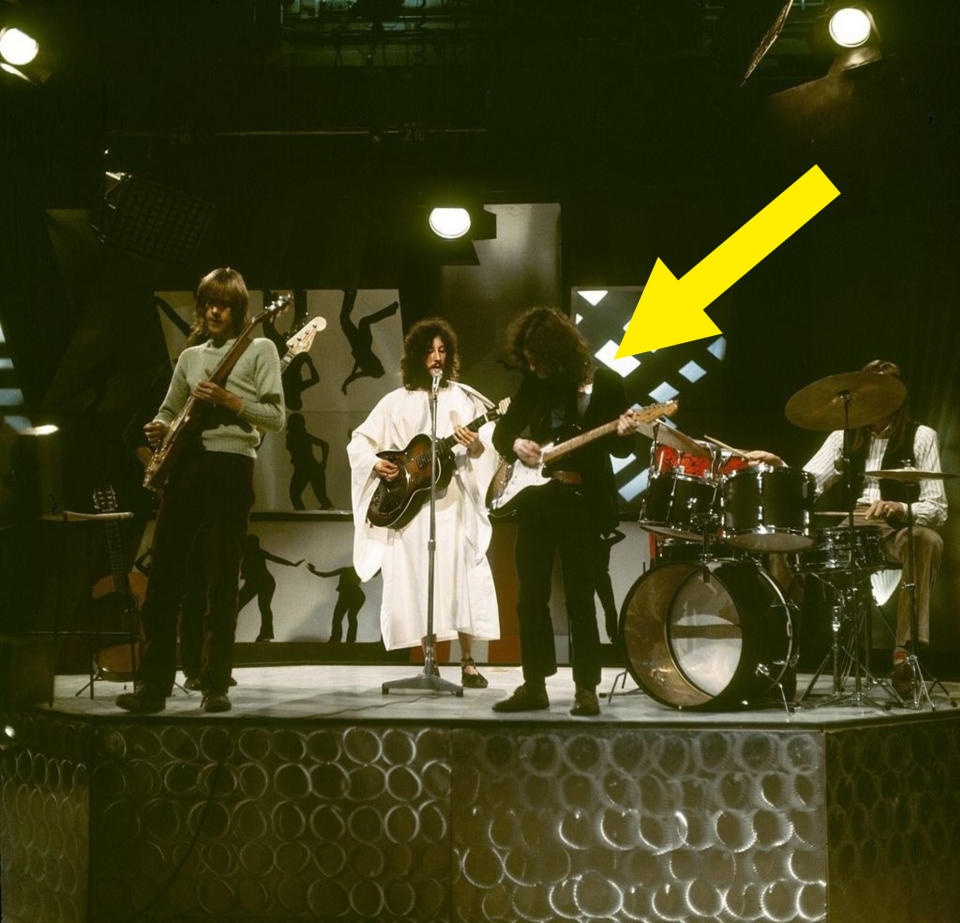
Stevie Nicks and Lindsey Buckingham joined Fleetwood Mac in 1975, something Spencer said he had prayed for. "I knew when I heard the first album with the Buckingham-Nicks line up, that they had hit on something good with an enormously catchy appeal," he said. "Besides that, after I left them, I prayed for God to reward them with success beyond their dreams. He answered that prayer." By 1976, the band had released Rumours, which was named the seventh-best album of all-time by Rolling Stone.
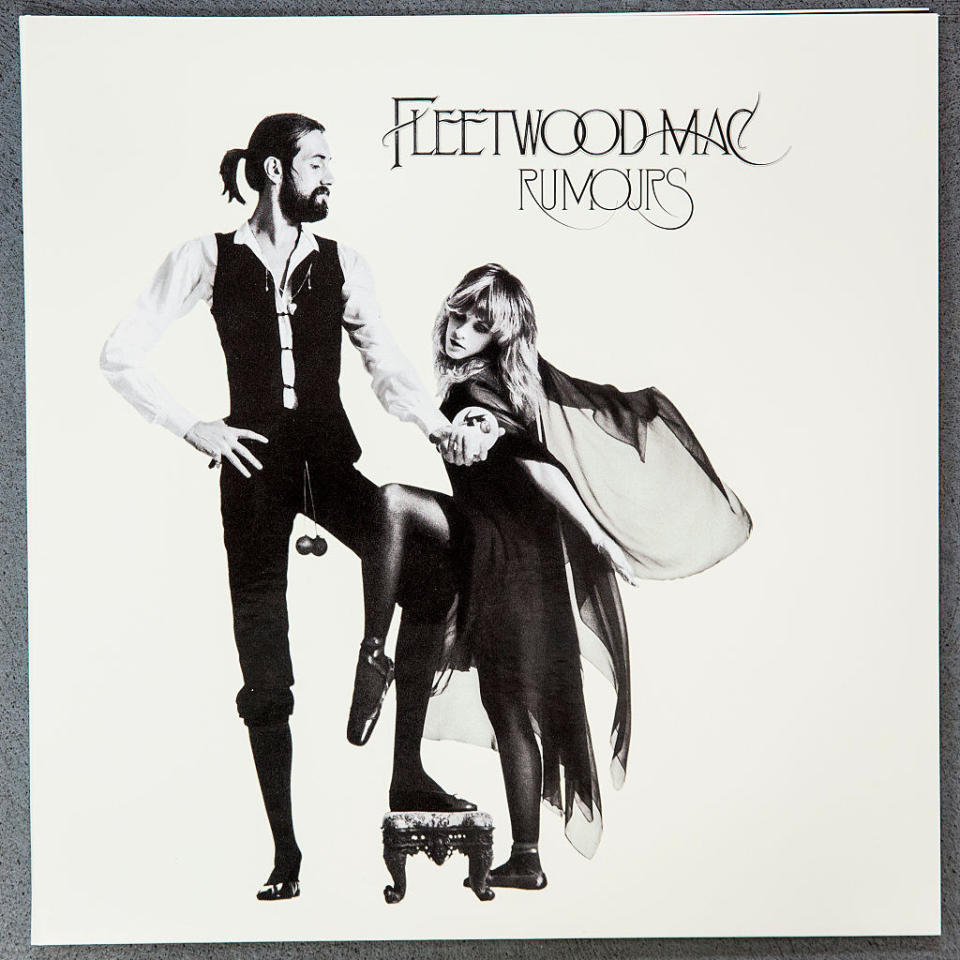
3.While you might think that flamingos have pretty double-jointed knees that can bend backward, you're actually most likely thinking of their ankles. A flamingo's actual knee is located much farther up on their leg and is hidden by their body and feathers, while the ankle is the actual joint that you see bending.

4.1964 was clearly a time for spooky-themed TV shows! The Addams Family and Bewitched premiered in the same week in September 1964, while The Munsters followed just a week later. CBS had reportedly started pre-production on The Munsters, which put a spin on the traditional family sitcom by setting it in a family full of lovable monsters, long before ABC had gotten their start on The Addams Family. When ABC heard about CBS's project, they sprung into action. While ABC had already planned to adapt Charles Addams's cartoons into a TV series, the news about The Munsters caused them to accelerate production. They ended up beating The Munsters to air by a matter of a few days.
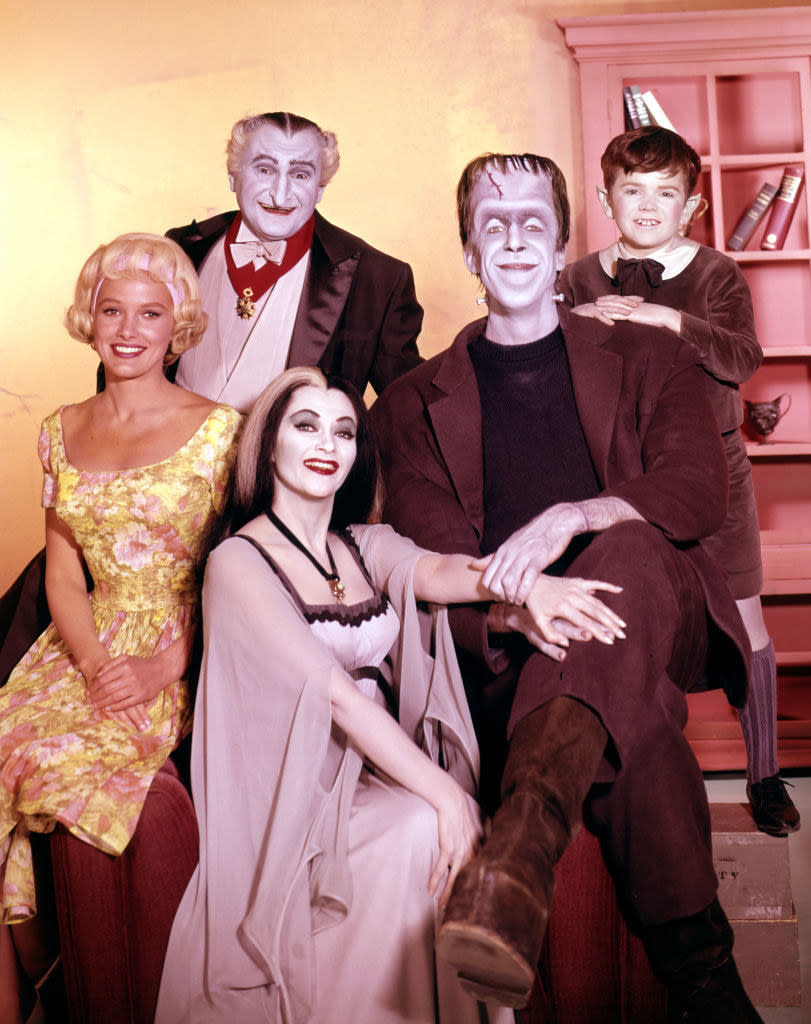
CBS had filmed the pilot for The Munsters in color, but ultimately decided to air the show in black and white to save money. The color pilot episode, called My Fair Munster, never made it to air, but was played at test screenings. Some said that leaving the show in black and white helped maintain the spookier tone, but it also ended up leading to a decline in viewers. By 1966, a full-color Batman series had premiered on ABC, causing viewership on black and white series like The Munsters to dip.
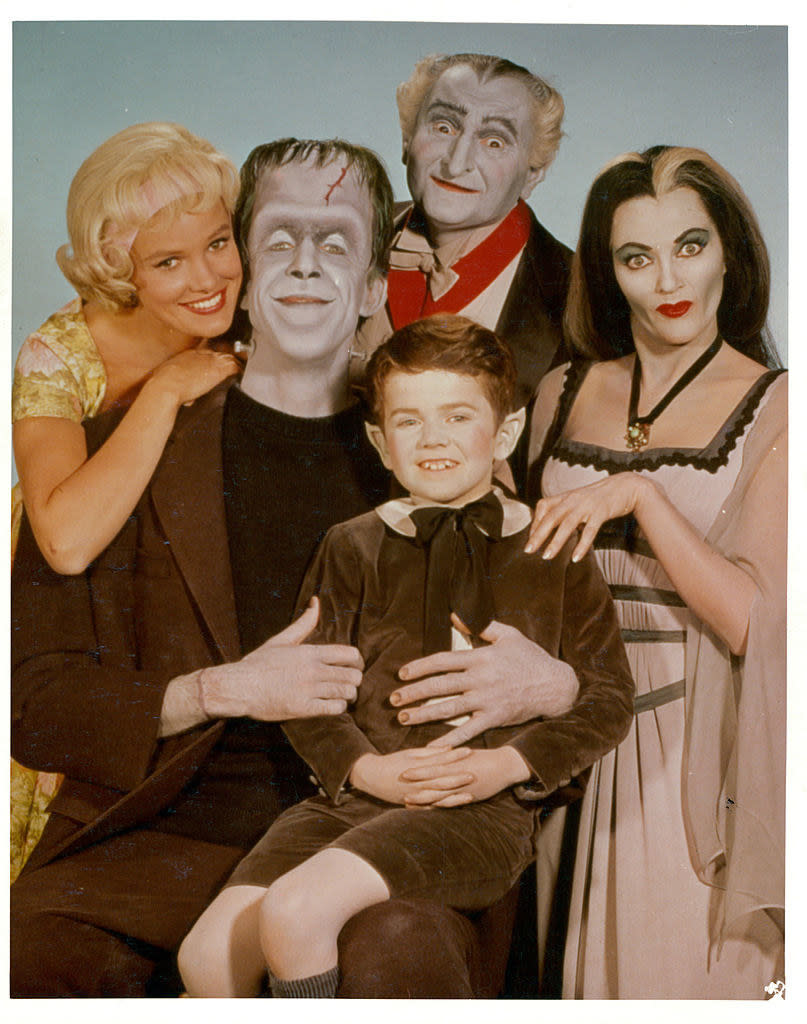
5.In 1979, Stevie Wonder released The Secret Life of Plants, a mostly instrumental album that also served as a soundtrack for a documentary of the same name. As a marketing tool, manufacturers sprayed the inside of the record's cover with a floral perfume. The issue? The perfume ended up eating away at the vinyl, thus destroying the records.
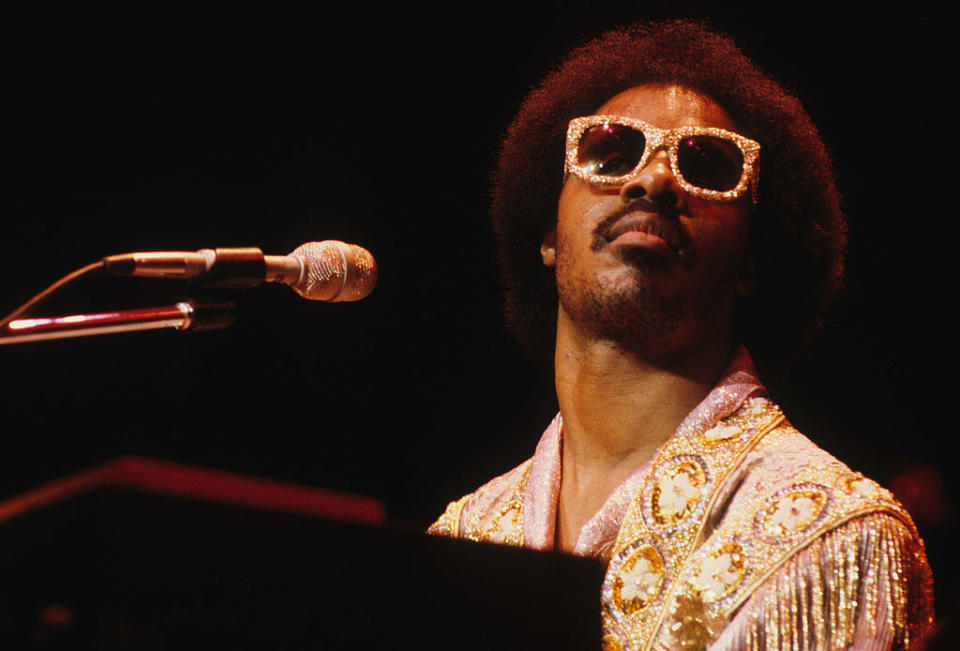
6.If you can't get enough of true crime, then you need to thank Truman Capote! Capote's In Cold Blood is widely regarded as the first true crime novel. Capote used fiction techniques while telling the story of the real-life murders of the Clutter family and the subsequent trial. In 1959, Capote, fresh off of the success of Breakfast at Tiffany's, wanted to try his hand at pioneering the first "nonfiction novel."

On November 14, 1959, Herbert Clutter and his family were brutally murdered after two men broke into their home on a Kansas farm looking for money. They believed that the Clutters had cash stashed away in a safe on the property. When they learned that the safe didn't exist, they decided that they didn't want to leave any witnesses behind after the break-in, and killed the entire family before fleeing the scene.

After learning about the murders, Capote decided to leave New York and head to Holcomb, Kansas. He was accompanied by Harper Lee, his close friend and author of To Kill a Mockingbird. Capote was able to charm the townspeople in Holcomb, and began to get insider information about the murders and the investigation. Six weeks after the crime, a man who had been former cell mates with Perry Smith and Richard ‘Dick’ Hickock revealed that the men had plans to rob the family in search of the safe, and alerted the police. Smith and Hickock were arrested, and admitted their guilt.
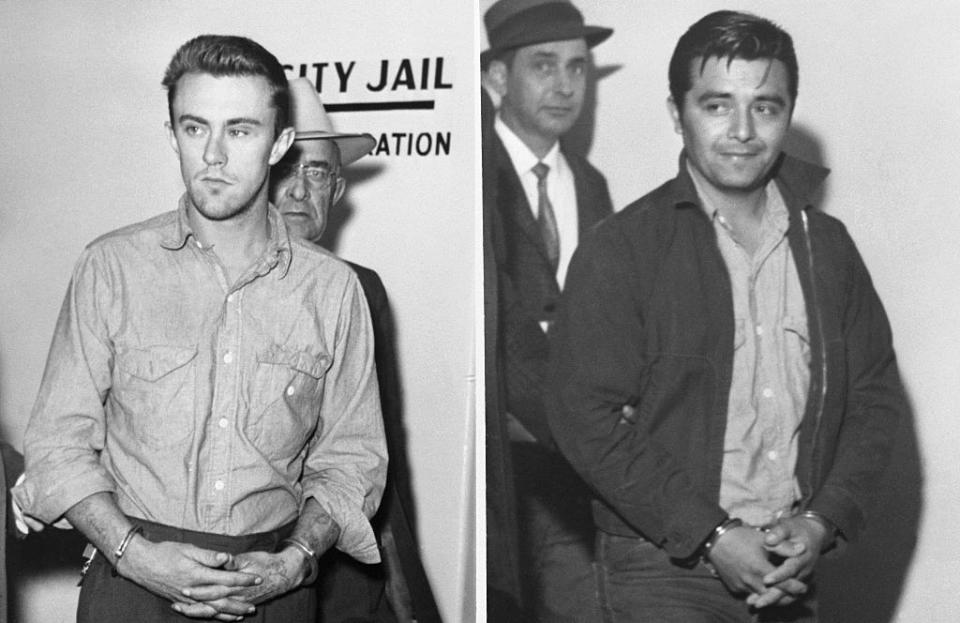
While writing the book, Capote said that he needed to get the killers' side of the story. He ended up meeting up with them while they were in prison and struck up a close friendship with Smith. The pair kept in contact for five years and bonded over art, music, and books. Although Smith and Hickok had been given the death penalty, their executions kept getting pushed off. Capote was waiting for their executions to finish the book but also allegedly didn't want his now-close friend to be killed, even though he had admitted that he was guilty. On April 14, 1965, Smith and Hickock were executed. They asked Capote to be present at the execution, but he ran out before Smith was killed. In Cold Blood first ran as a serial in the New Yorker in 1965, was published in book form in 1966, and was turned into a movie in 1967.
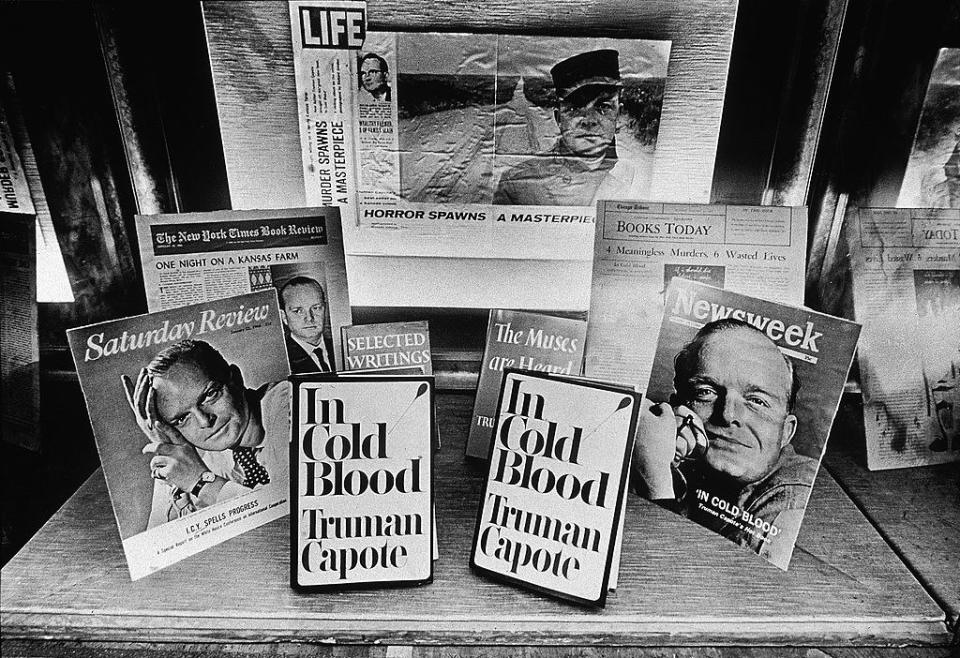
7.Some consider Martin Van Buren to be the first true American president. Van Buren was born in New York in 1782, making him the first president who was born in the United States. Despite this, Van Buren was the first and, so far, only president for whom English was his second language. He grew up speaking Dutch.
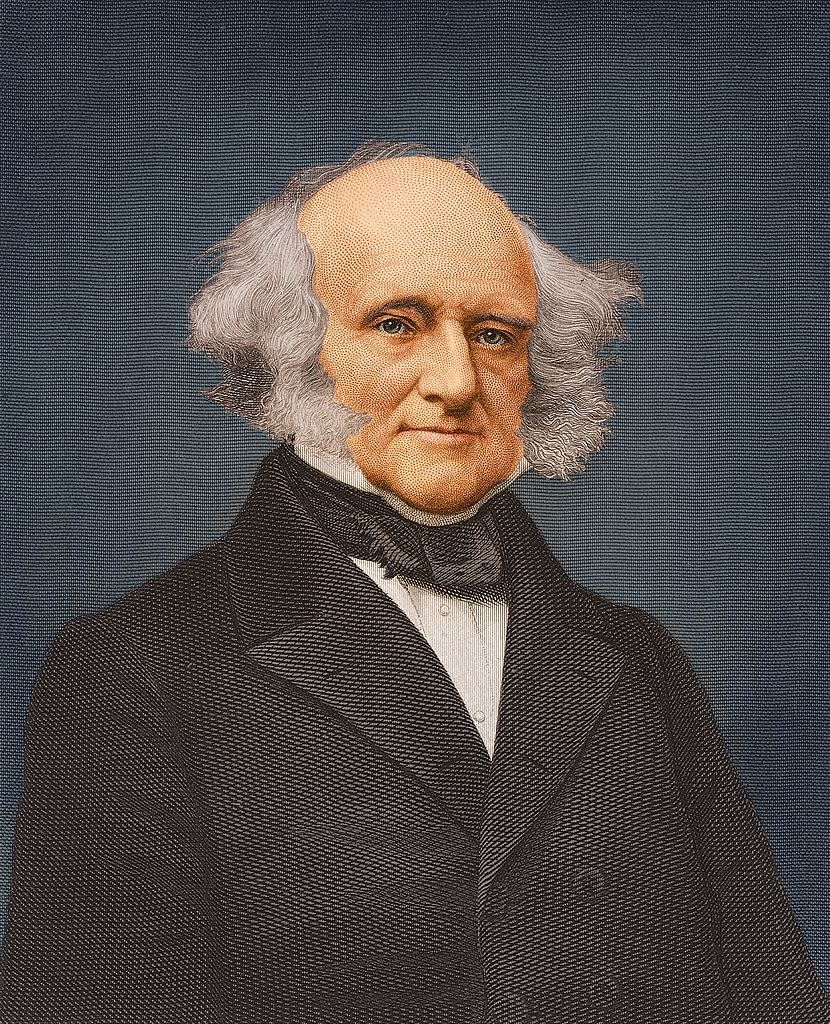
8.While pinball seems like a rather innocent game, Mayor Fiorello LaGuardia banned it from New York City in the early 1940s. Prior to the flipper, which allowed people to have better control of the ball, being invented in 1947, the game was very random, yet still had tons of people placing wagers on games. The cash-based nature of the game also attracted criminals and members of the mob. In 1942, LaGuardia officially banned the game. Many assumed that he wanted to ban the game for moral reasons, but he publicly stated that the materials that were used to construct the machines needed to be used to fight World War II.
Reddit / Via giphy.com
Once the ban was put in place, many other cities soon followed suit. Pinball manufacturers were frustrated by this ruling, and started to change up the rules on the already-existing machines so that players couldn't "win" the game, thus allowing them to evade the gambling rules placed on the machines. Newspapers began running articles saying that pinball games were essentially "stealing lunch money" from young children. Pinball was officially unbanned in New York City in 1976. Many other cities reversed the ban shortly after, although Oakland, California didn't legalize pinball until 2014!
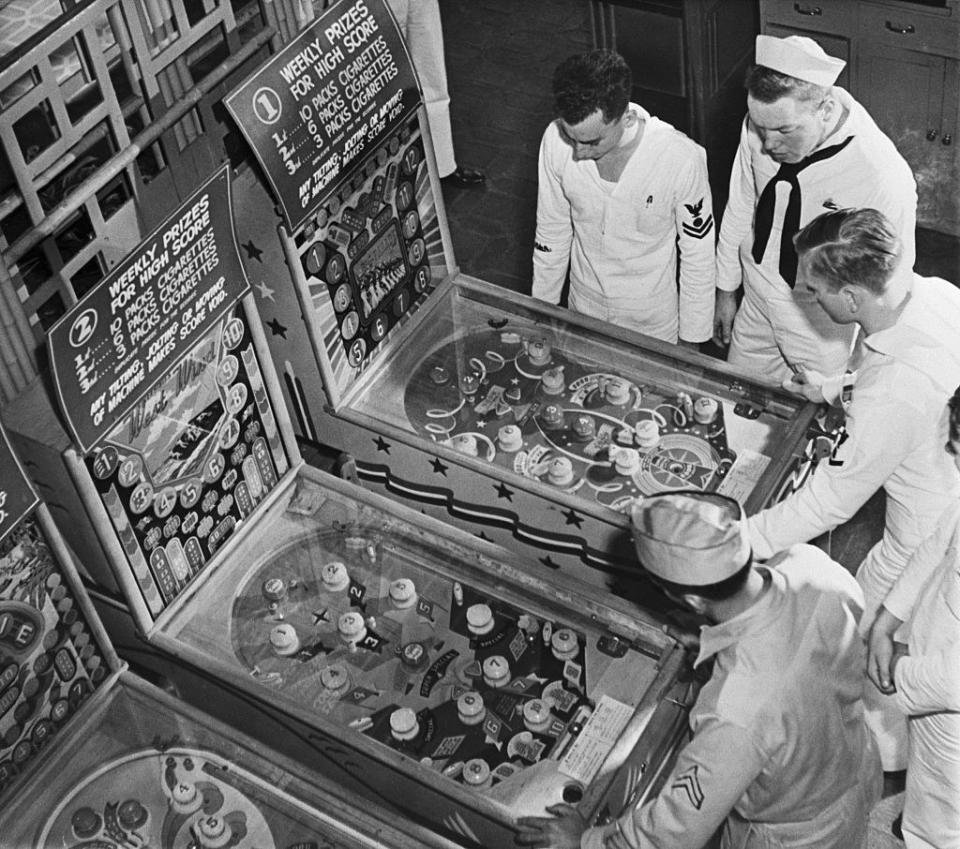
9.Despite the fact that the word centipede means "100 feet," centipedes actually never have 100 legs. They always have an odd number of leg pairs, which means the closest they could get to their namesake is either 99 or 101 legs.
PBS / Via giphy.com
10.Jim Thorpe has gone down in both NFL and Olympic history for his achievements. He was the first Native American to win an Olympic medal and was voted NFL president when the league was formed in 1920. When Thorpe died in 1953, he did not leave behind a will. Shortly after his death, there was a proposal to build a monument to the athlete in his home state of Oklahoma.
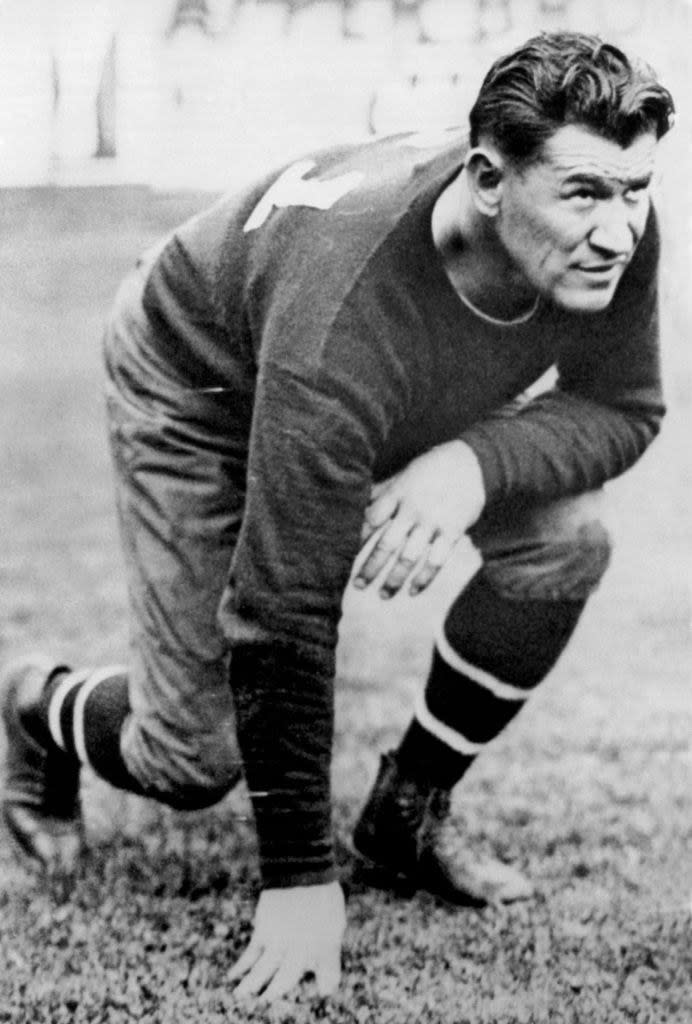
After the governor of Oklahoma allegedly decided the monument was too expensive, Thorpe's third wife, Patricia, decided to strike up a deal with the state of Pennsylvania to bury Thorpe in a town located in the Poconos, which would be renamed to honor him. In 2014, one of Thorpe's sons filed a motion to have Thorpe's body moved to Sac and Fox land in Oklahoma to honor Thorpe's Native American heritage, but the case was thrown out because the remains had not been disturbed in their final resting place in Jim Thorpe, Pennsylvania.

11.I know there is an intense debate over whether candy corn is actually good or not, and this might be a key piece of evidence in the argument. Candy corn contains both gelatin and confectioner's glaze. Gelatin is often made of animal hide and bones, while the confectioner's glaze is made from secretions from the lac bug, a parasite that protects itself by emitting a waxy, waterproof coating. The glaze, often called shellac, is actually found in tons of candies, and also is used to create the coating on many pills.
Great Big Story / Via giphy.com
12.Christa McAuliffe was a teacher chosen to be the first private American citizen to reach space as part of NASA's Teacher in Space program. The Teacher in Space project was announced in 1984 by Ronald Reagan, who invited teachers across the country to apply to be the first civilian in space. In return, the teacher would teach a lesson from space, then would recount their experiences to students around the country. McAuliffe was selected out of over 11,000 applicants. Barbara Morgan was named her backup. On January 28, 1986, McAuliffe boarded the Challenger space shuttle, which exploded shortly after its launch, killing seven astronauts. The disaster negatively affected NASA's public reputation and put all space missions to a halt for two and a half years.
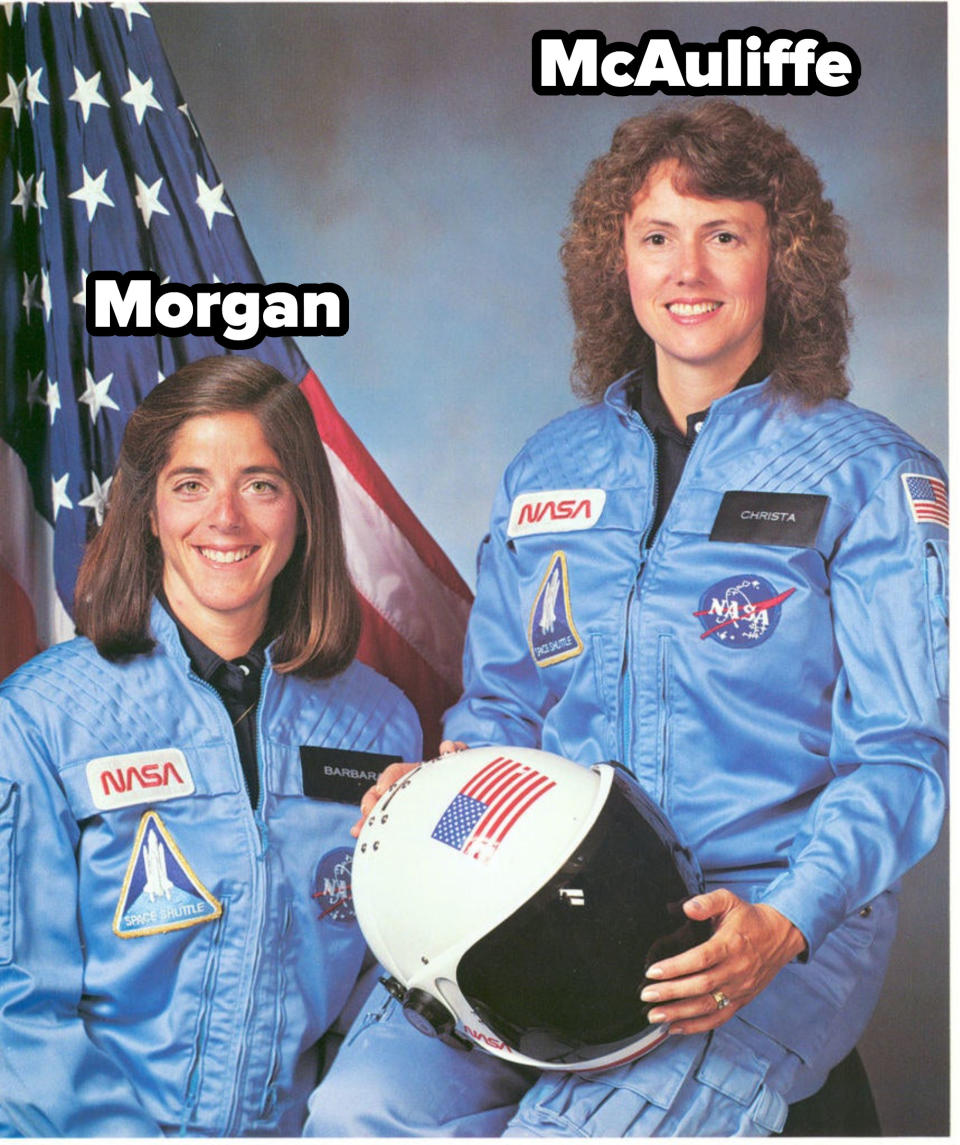
After the disaster, Reagan said that the US would continue sending teachers into space. However, in 1990, NASA announced that they were discontinuing the program because they felt it was still too risky to send a civilian to space. Despite this, in 2002, NASA announced that Morgan, who had trained as McAuliffe's backup, would finally make it to space. After the Challenger disaster, Morgan had lobbied to reinstate the Teacher in Space program and had trained as a Mission Specialist. In August 2007, Morgan entered space aboard the STS-118, making her the first teacher to officially reach space.

13.Nathaniel Hawthorne, author of The Scarlet Letter, was actually a direct descendant of John Hathorne, one of the judges who served in the Salem 1690s witch trials. Hathorne's rulings were responsible for the deaths of 24 women accused of being witches. Hathorne was known for asking the accused women who their "accomplices" were in order to increase the number of women being prosecuted. While many other judges later expressed their guilt and sorrow for their involvement, Hathorne supposedly never did. In 1851, Hawthorne published The House of the Seven Gables, a novel inspired by the Salem Witch Trials.
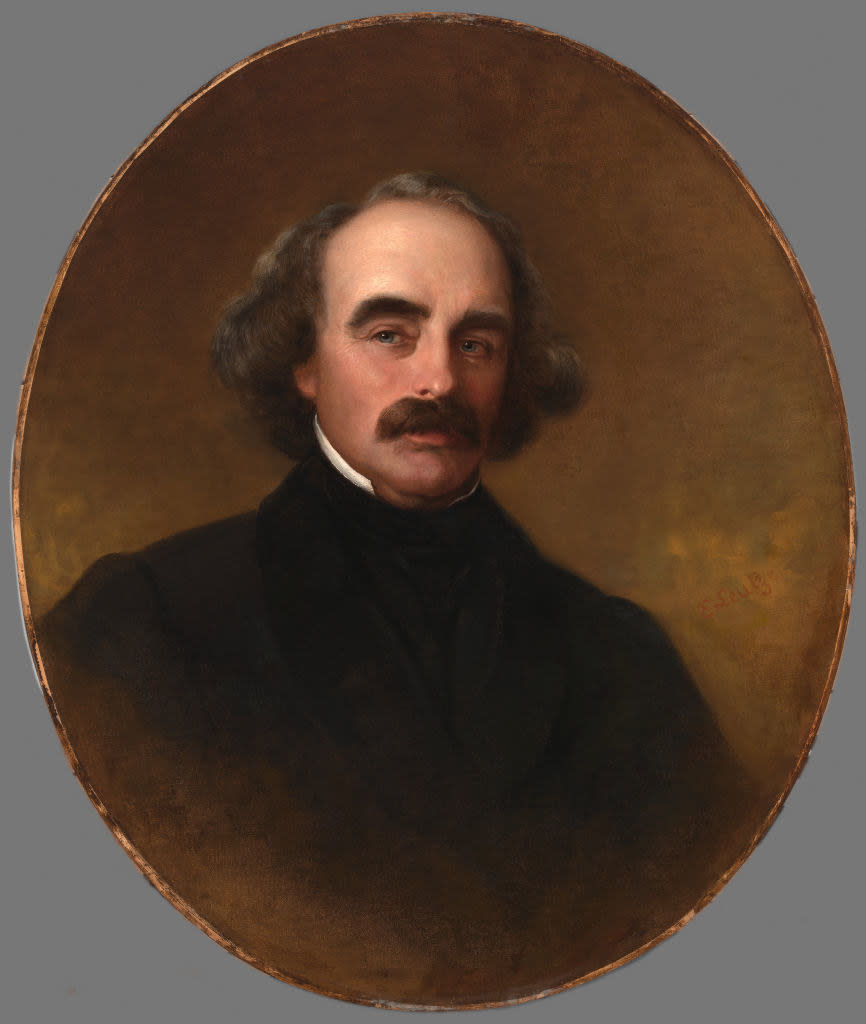
14.Since Queen Elizabeth II's death last month, there has been tons of media coverage about royal lineages as her son Charles becomes king. Elizabeth's royal reign wasn't always a given. In 1936, King Edward VIII abdicated the throne after falling in love with Wallis Simpson, a married American woman. Although Simpson got divorced, the palace did not allow the pair to marry. Edward said that he refused to rule without Simpson by his side, and abdicated the throne on December 10, 1936. Prince Albert, Edward's brother and Elizabeth's father, was next in line, and was crowed king on December 11, 1936.
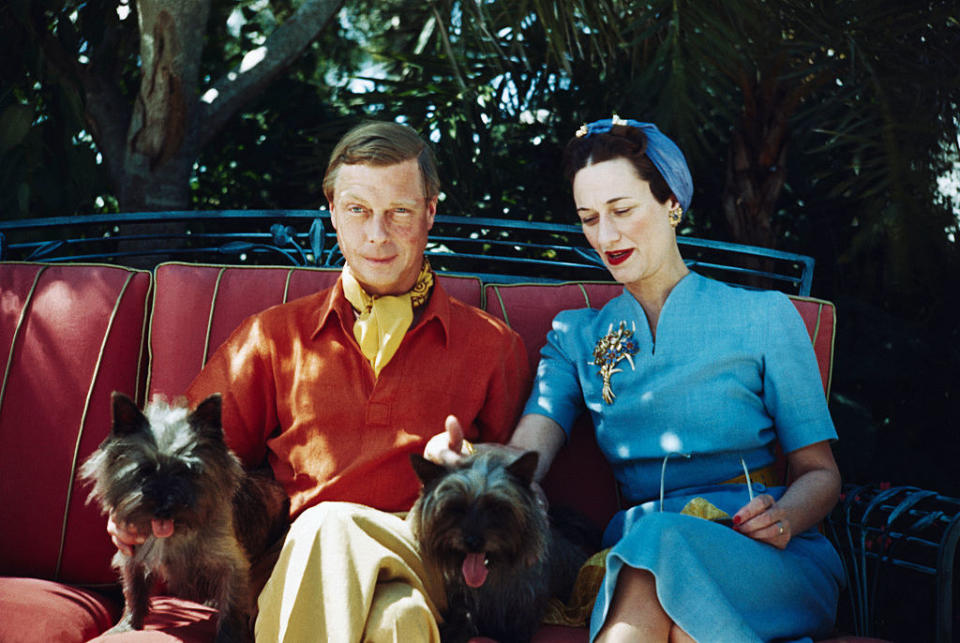
So, what would the royal line of succession look like today had Edward remained king? While this is a hypothetical scenario, the Guardian determined that had Edward reigned as king until his 1972 death, then his oldest surviving brother, Henry, would have become king. Instead, Albert took the throne and served as king until his death in 1952, after which Elizabeth began her 70-year reign as queen.
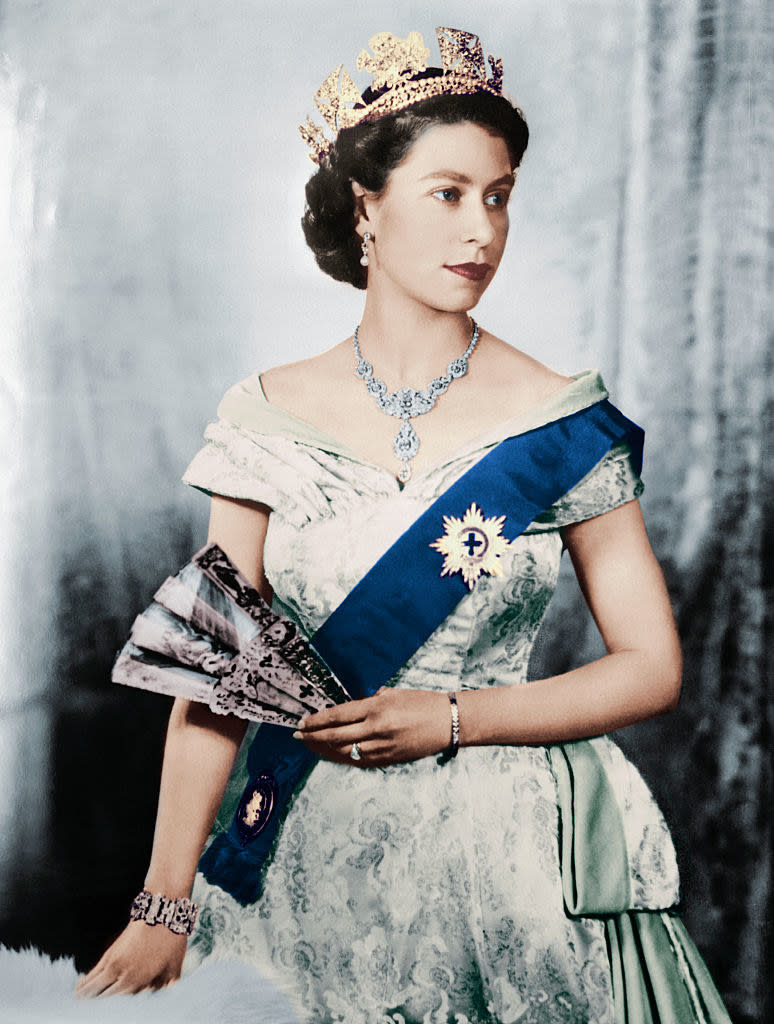
15.Before writing the legendary Goosebumps series, R.L. Stine was more into writing humor. In addition to writing joke books, Stine told NPR that he wrote the jokes on Bazooka gum wrappers. He started his pivot to horror after a lunch with his editor, who allegedly had gotten in a fight with one of her authors who wrote young adult horror. She told Stine that she believed he would be good at writing in that genre and even gave him the title for his first book: Blind Date. The book went on to become a bestseller and kicked off the Goosebumps series.
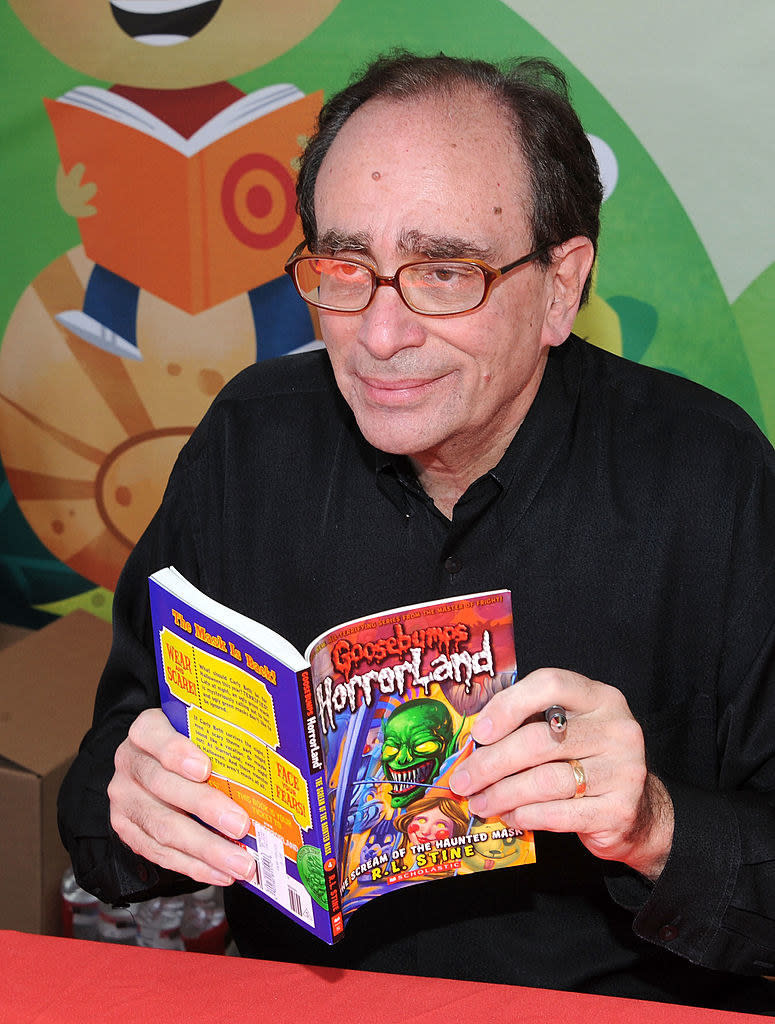
16.Although hippos need to breathe air in order to survive, they typically sleep under water. While snoozing, hippos automatically close their nostrils. They come to the surface every few minutes to breathe. This all happens unconsciously, and it never wakes them up.
PBS / Via giphy.com
17.Millvina Dean was the youngest survivor of the Titanic and ended up being the last living survivor of the tragedy before her death in 2009. Dean was just 9 weeks old when the Titanic sunk in 1912. Legend has it that Dean's mother and older brother got a lifeboat and waited for the infant to be lowered down to them in a canvas mailbag. Dean's father stayed behind and did not survive. When the story about Dean's survival broke, she became a pint-sized celebrity. After landing in America, Dean's mother decided she would return to England with her children.
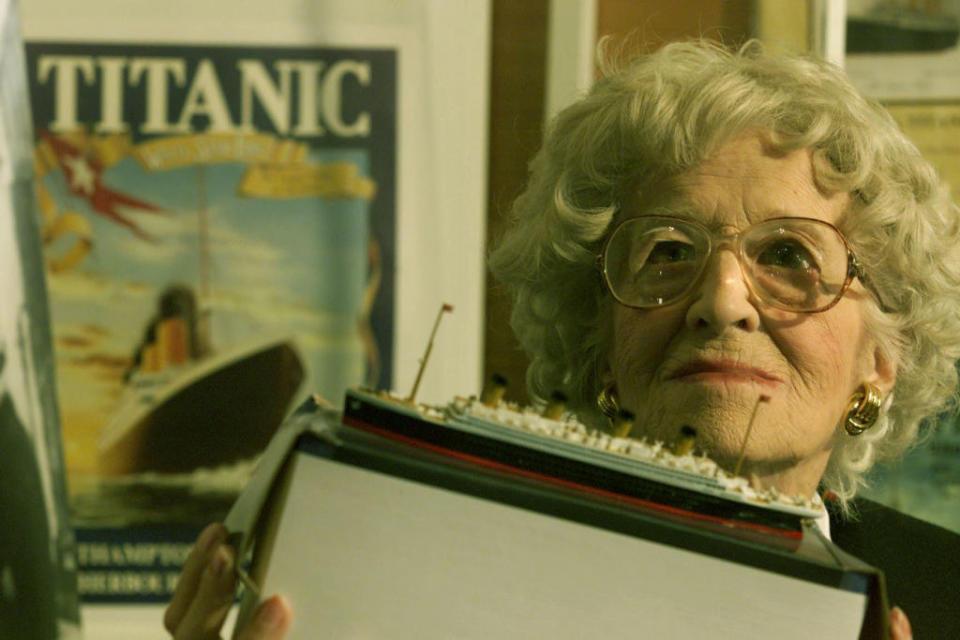
On their boat voyage home, people lined up to get the chance to hold her. "[She] was the pet of the liner during the voyage, and so keen was the rivalry between women to nurse this lovable mite of humanity that one of the officers decreed that first- and second-class passengers might hold her in turn for no more than 10 minutes," the Daily Mirror wrote. When Dean grew up, she worked as a cartographer during World War II. Later in her life, she made several public appearances related to the Titanic, but refused to see James Cameron's 1997 movie about the tragedy. Despite this, James Cameron and Titanic stars Kate Winslet and Leonardo DiCaprio all contributed to a fund to cover Dean's healthcare.
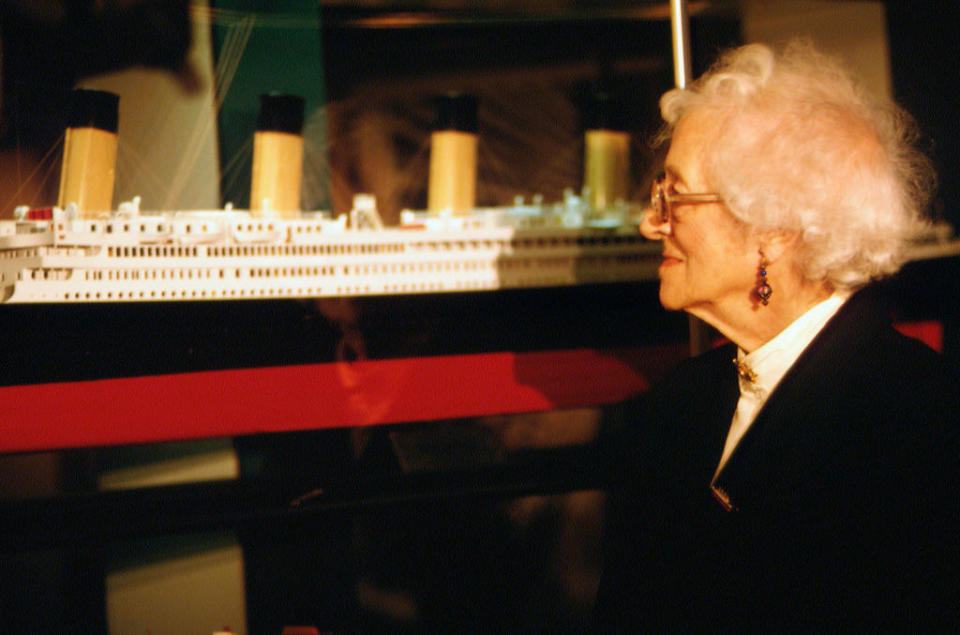
18.Joshua Tree National Park is larger than the entire state of Rhode Island. The park clocks in at 1,242.4 square miles, while Rhode Island is 1,214 square miles.

19.While the lyrics of the 1972 hit song "Brandy (You're a Fine Girl)" certainly seem like they're inspired by history, Elliot Lurie, the guitarist and singer from the Looking Glass said that any parallels to history were a mere coincidence. The song is about a fictional barmaid, who, despite getting attention from many men, pines for her love, who left her because he claimed that his true love was the sea. Many believed that the Looking Glass were inspired by the story of Mary Ellis while writing this song. Ellis was a woman from New Brunswick, New Jersey who fell in love with a sea captain. When he left for sea, he promised her that he would marry her when he returned, but he never came back.
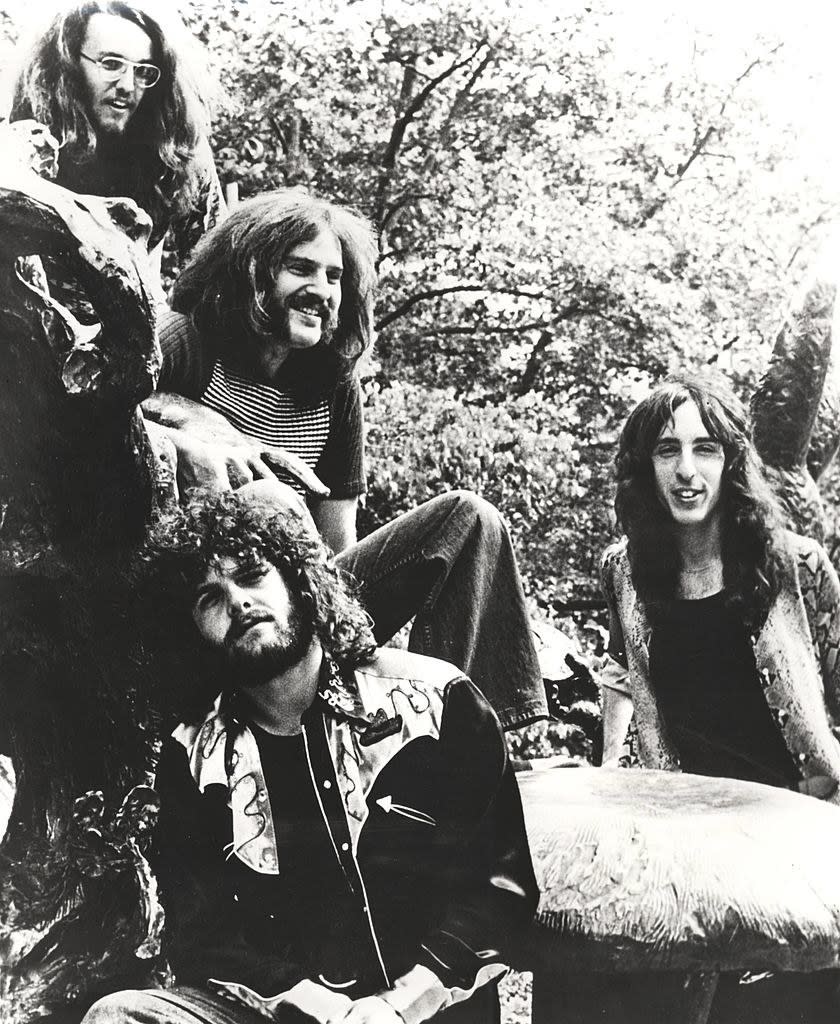
Ellis's story is apparently a New Brunswick legend, and her grave is even located right behind an AMC movie theater. To make things even more interesting, the members of the Looking Glass are from New Jersey. Case closed, right? Lurie told the Tennessean that he had never heard the story about Ellis. Instead, the song was inspired by his high school girlfriend, who was named Randy. When asked about Ellis's story, Lurie said that it did not play a role in writing his song. "If that story is true, it’s a remarkable coincidence," he said.
20.And finally, Amelia Boynton Robinson made history when she became the first Black woman in the state of Alabama to run for Congress, then helped organize the 1965 civil rights march in Selma, Alabama. As a child in Savannah, Georgia, Robinson helped her mother, who was a strong advocate for women's suffrage, knock on doors to inform women of their right to vote. After she got married, she traveled with her husband around the South, where they encouraged Black farmers to gain financial, educational, and political independence. By the mid-1930s, Robinson and her husband were heavily involved in the Student Nonviolent Coordinating Committee, a nonviolent group that advocated for civil rights.
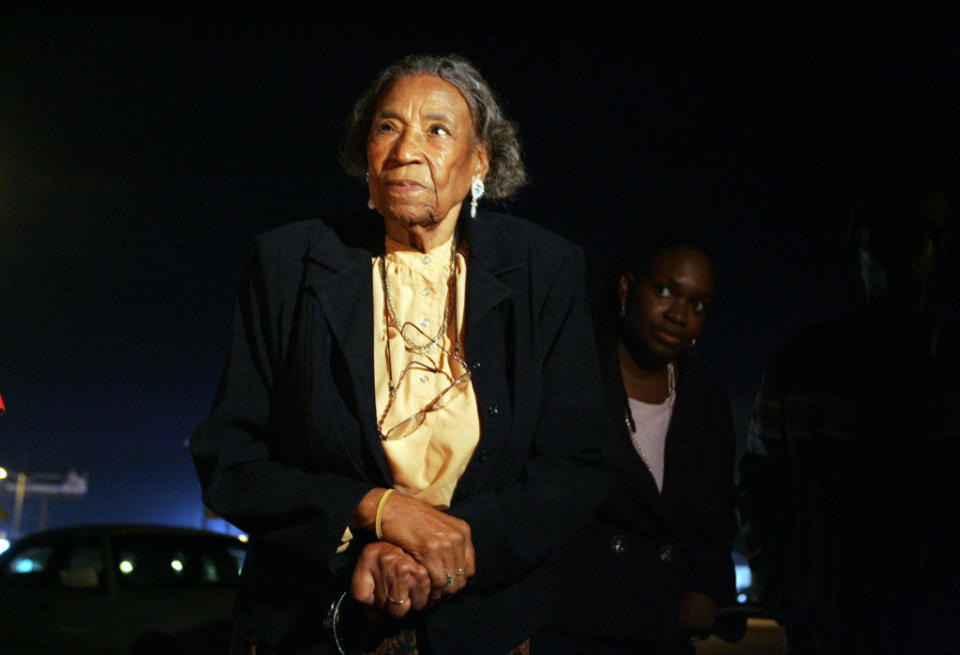
After her husband died in 1963, Robinson began to organize more heavily in Selma, Alabama. In 1964, Robinson became the first Black woman to run for Congress in Alabama. Although she was defeated, she received 11% of the vote, despite the fact that only about 5% of her district was comprised of Black voters. After a court injunction put a stop to local protests, Robinson reached out to the Southern Christian Leadership Conference, which was run by Dr. Martin Luther King Jr. In January 1965, King headed to Selma to kick off a campaign for voting rights. On March 7, 1965, now known as "Bloody Sunday," Boynton was among the front rows as over 600 protestors crossed the Edmund Pettus Bridge in Selma. She was beaten to unconsciousness. On the fiftieth anniversary of Bloody Sunday, Robinson crossed the bridge once again with President Barack Obama.
